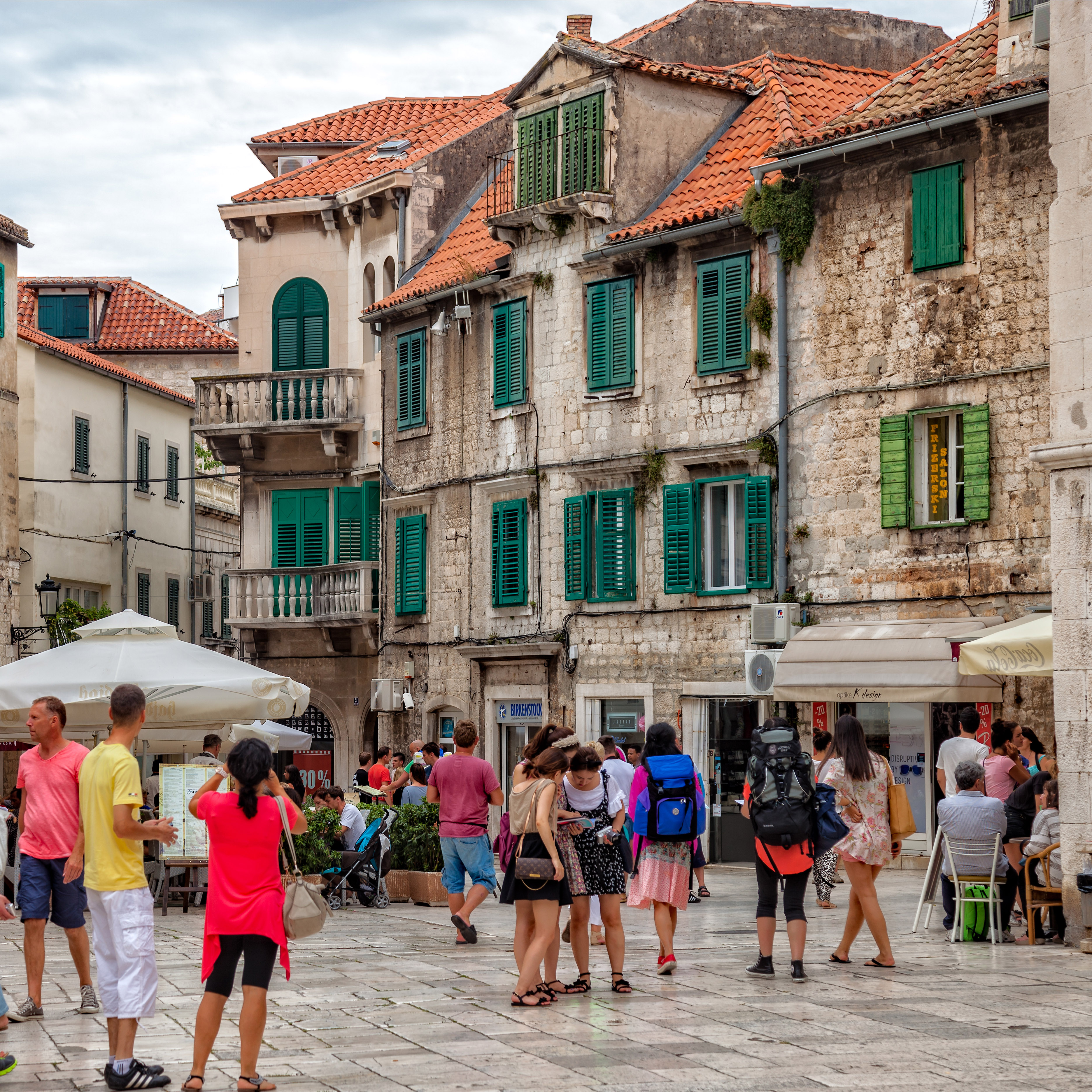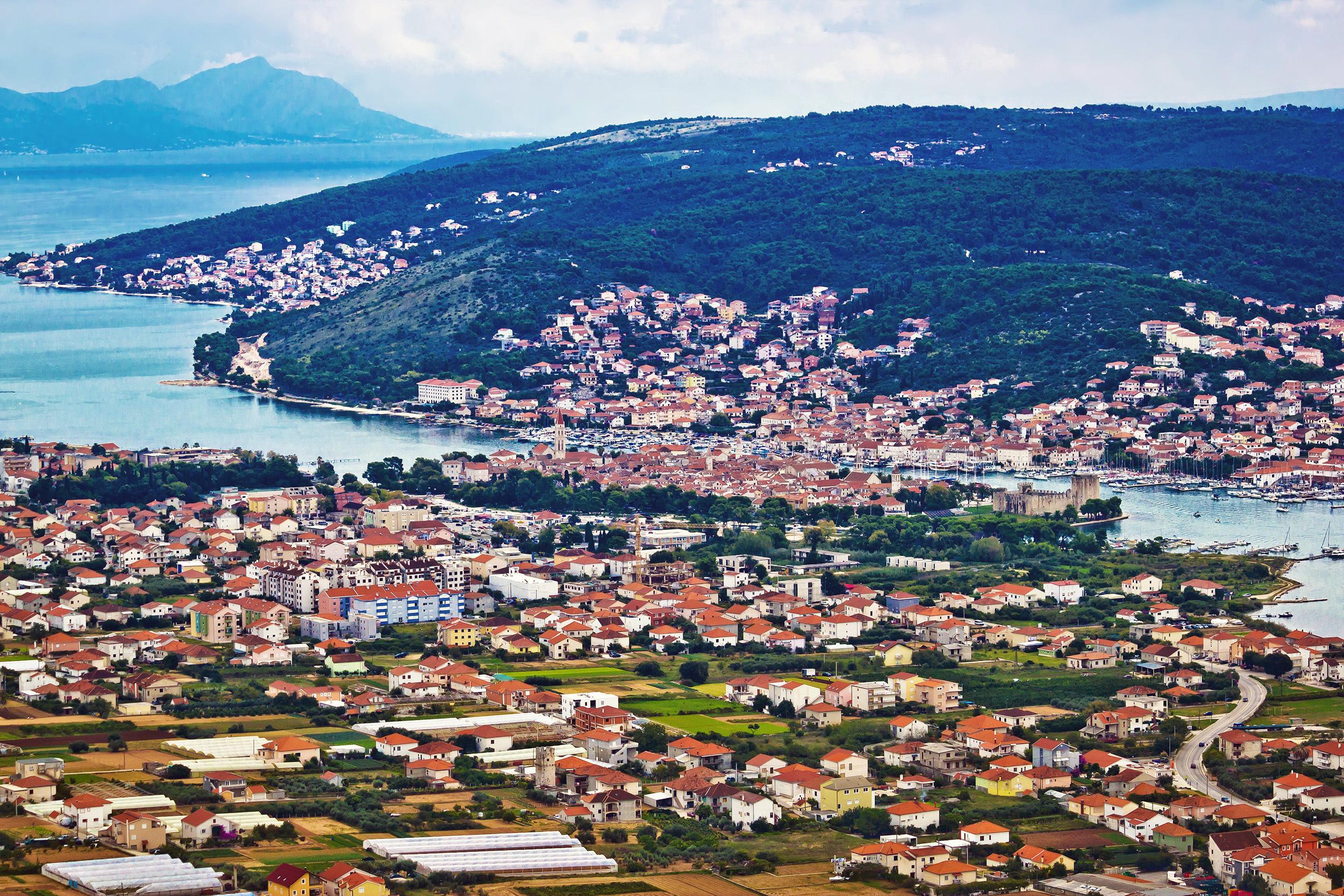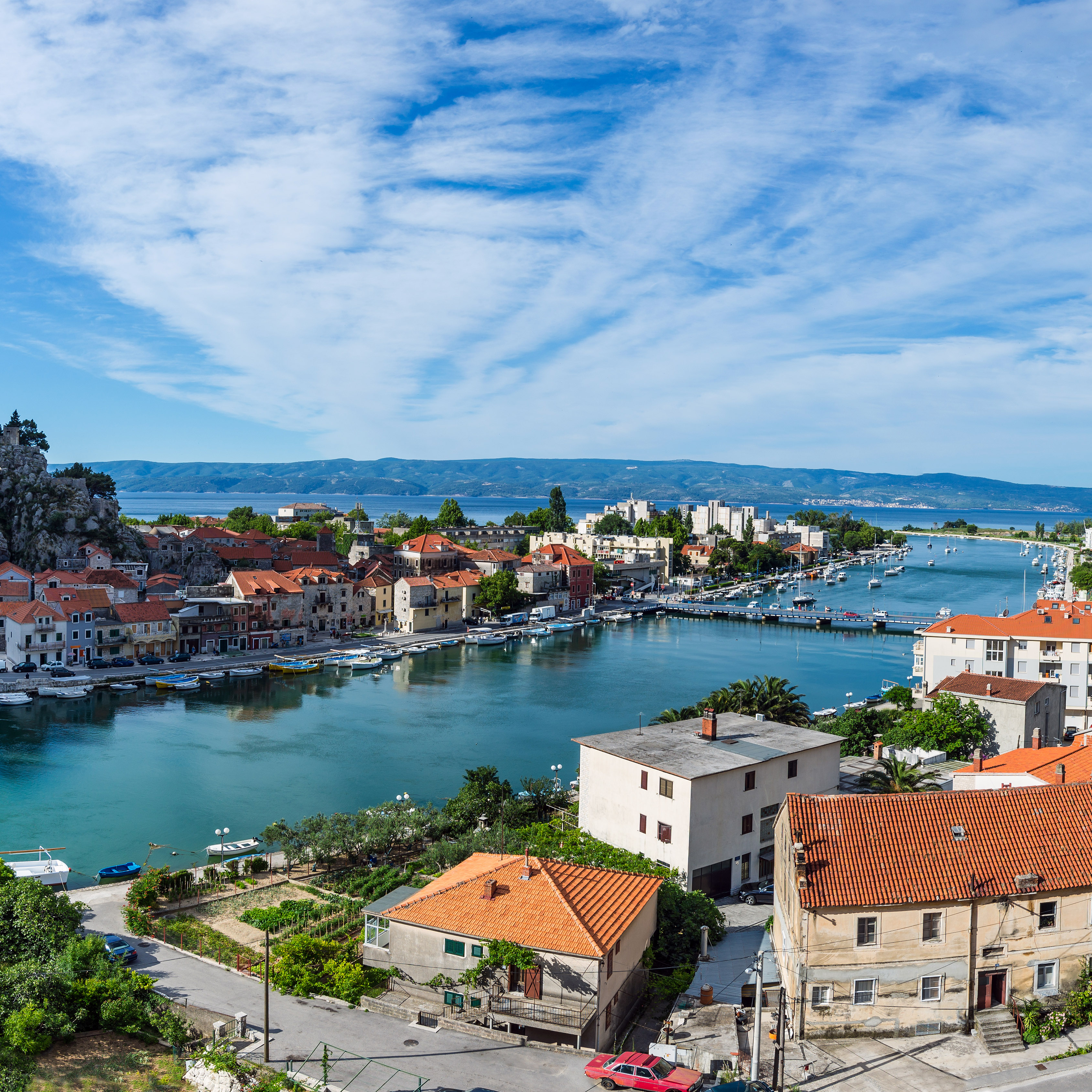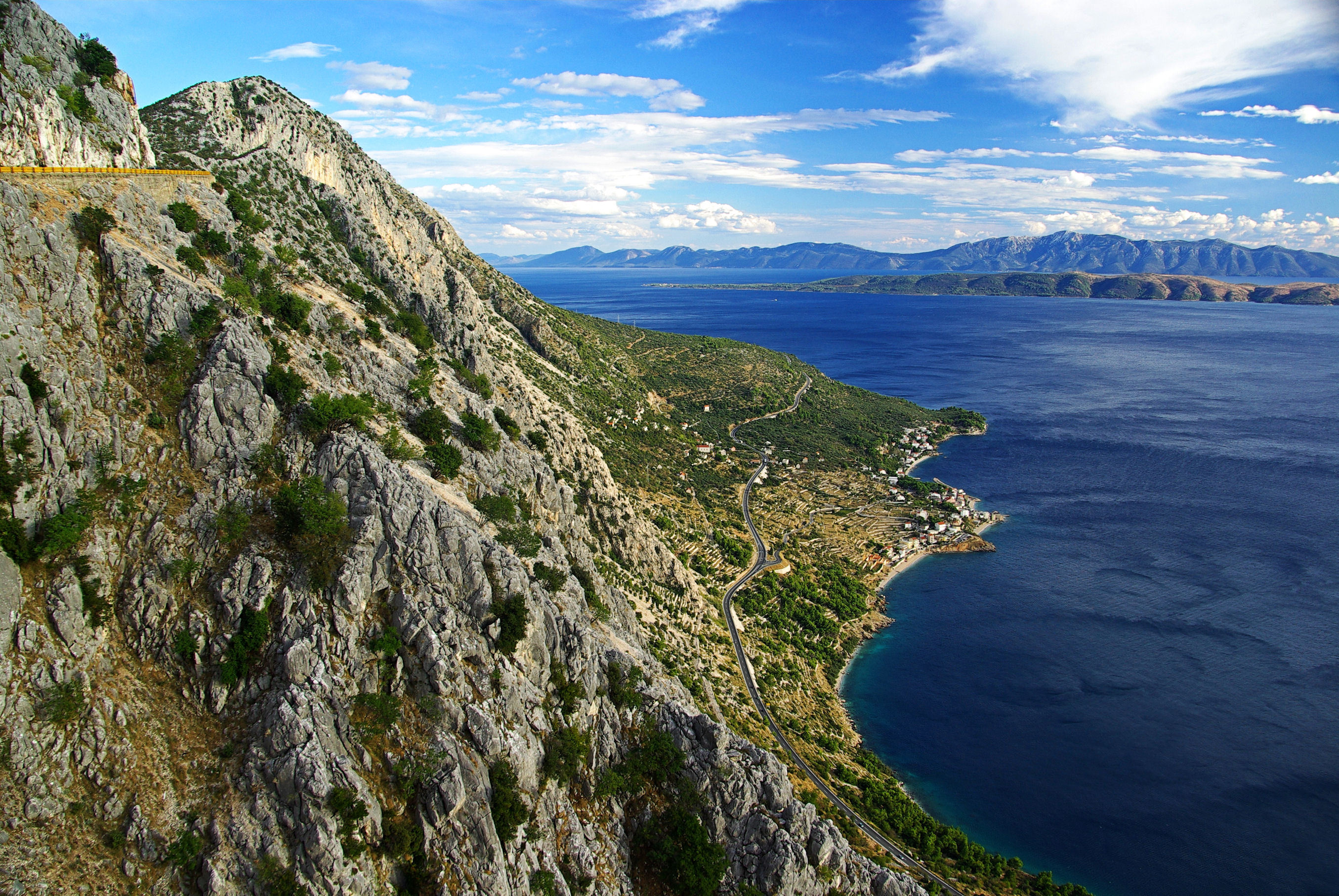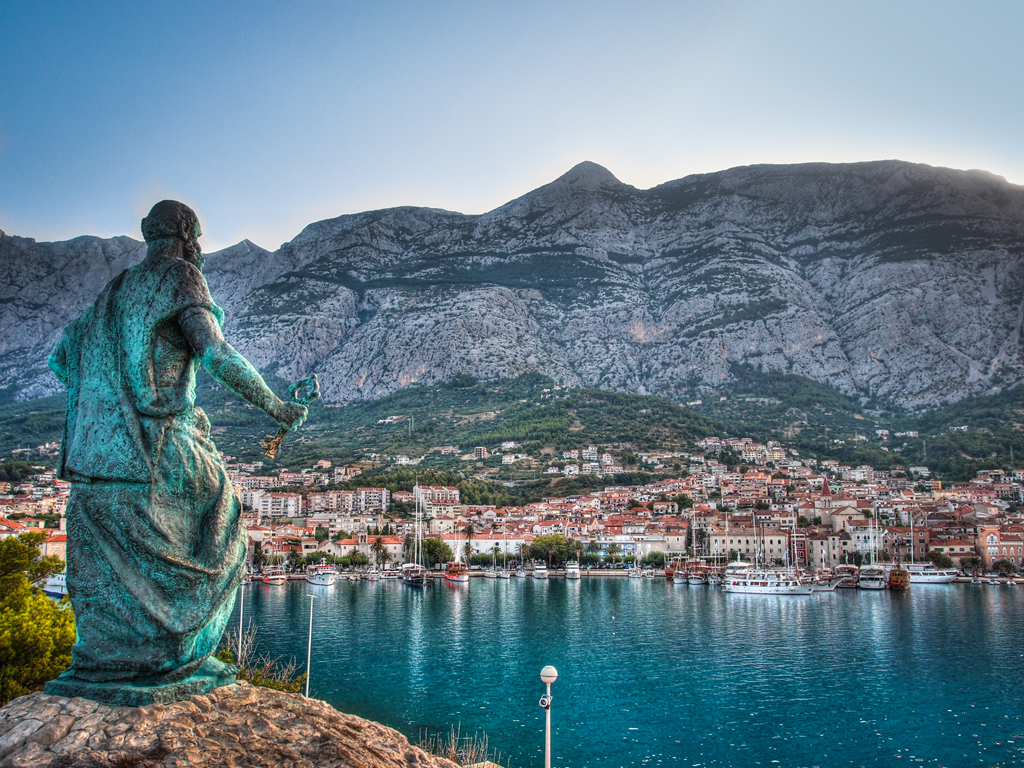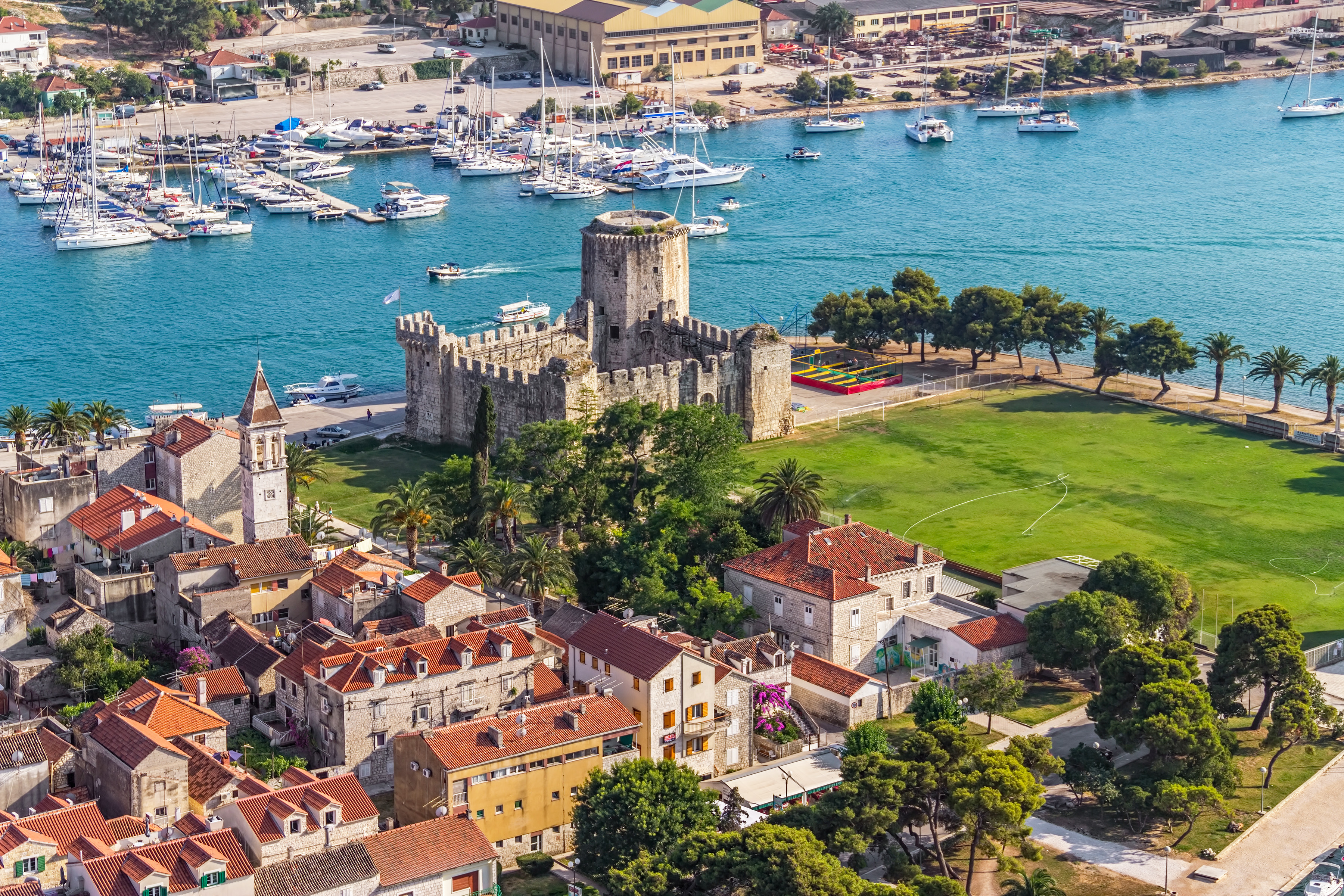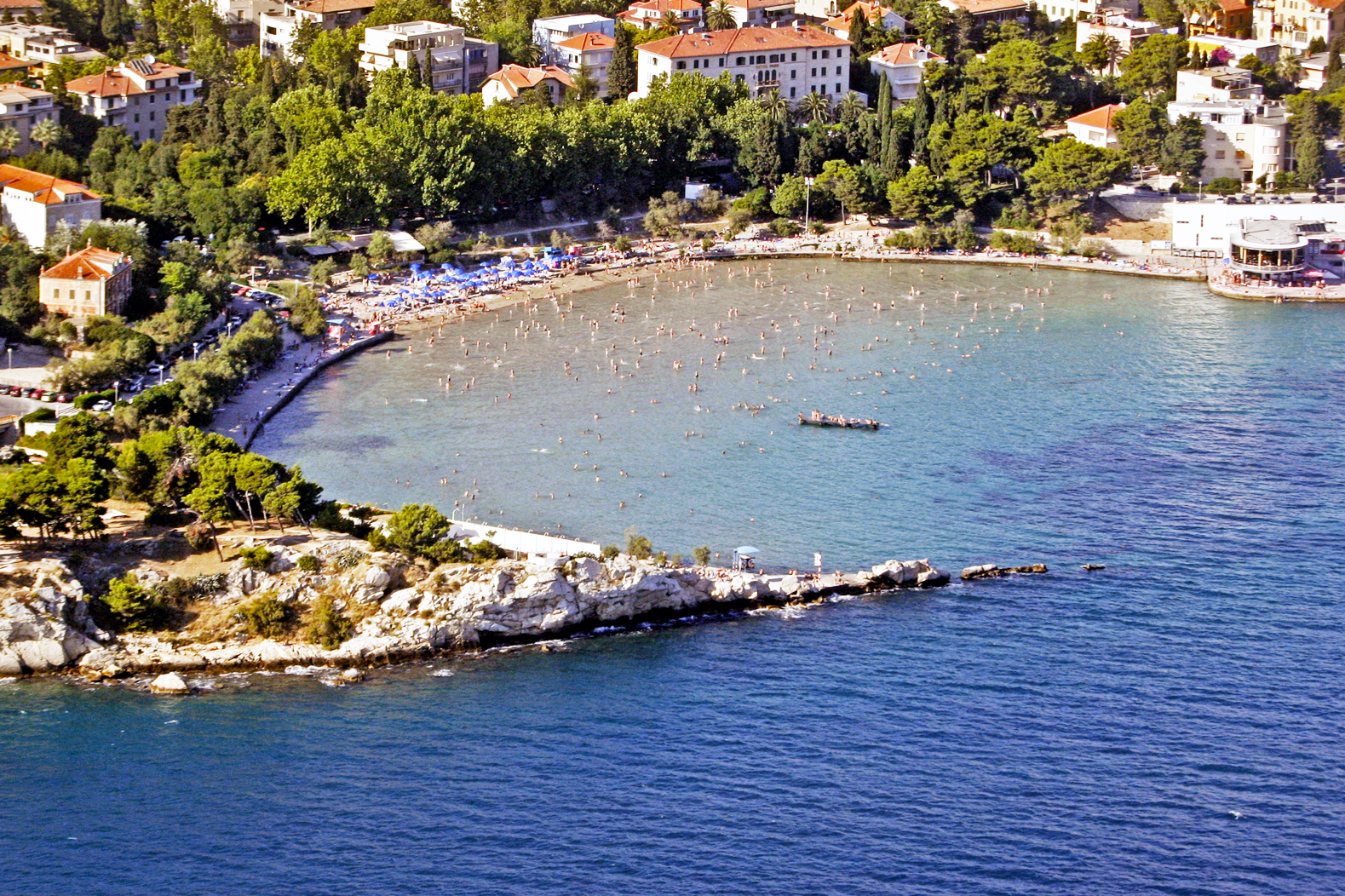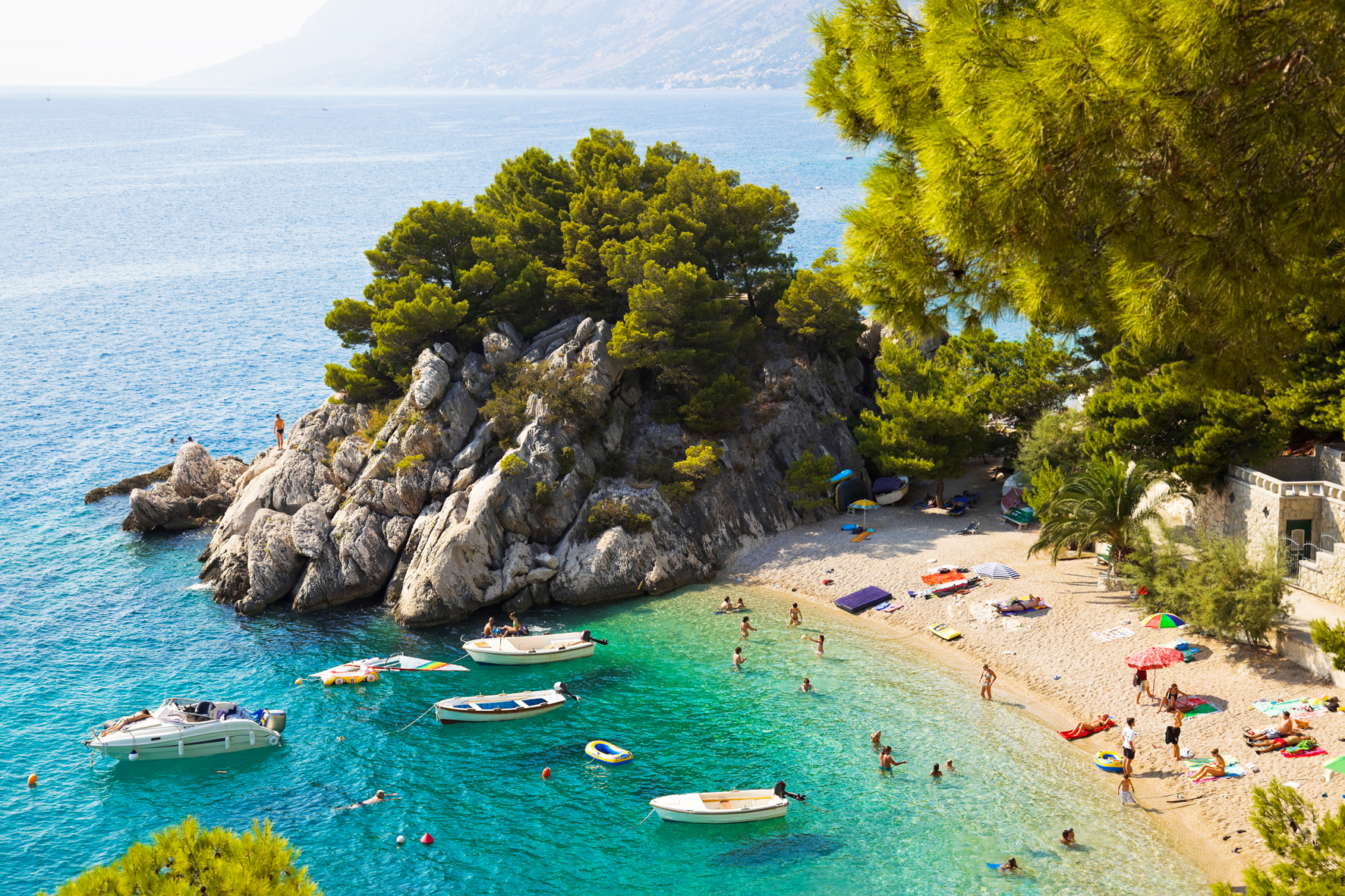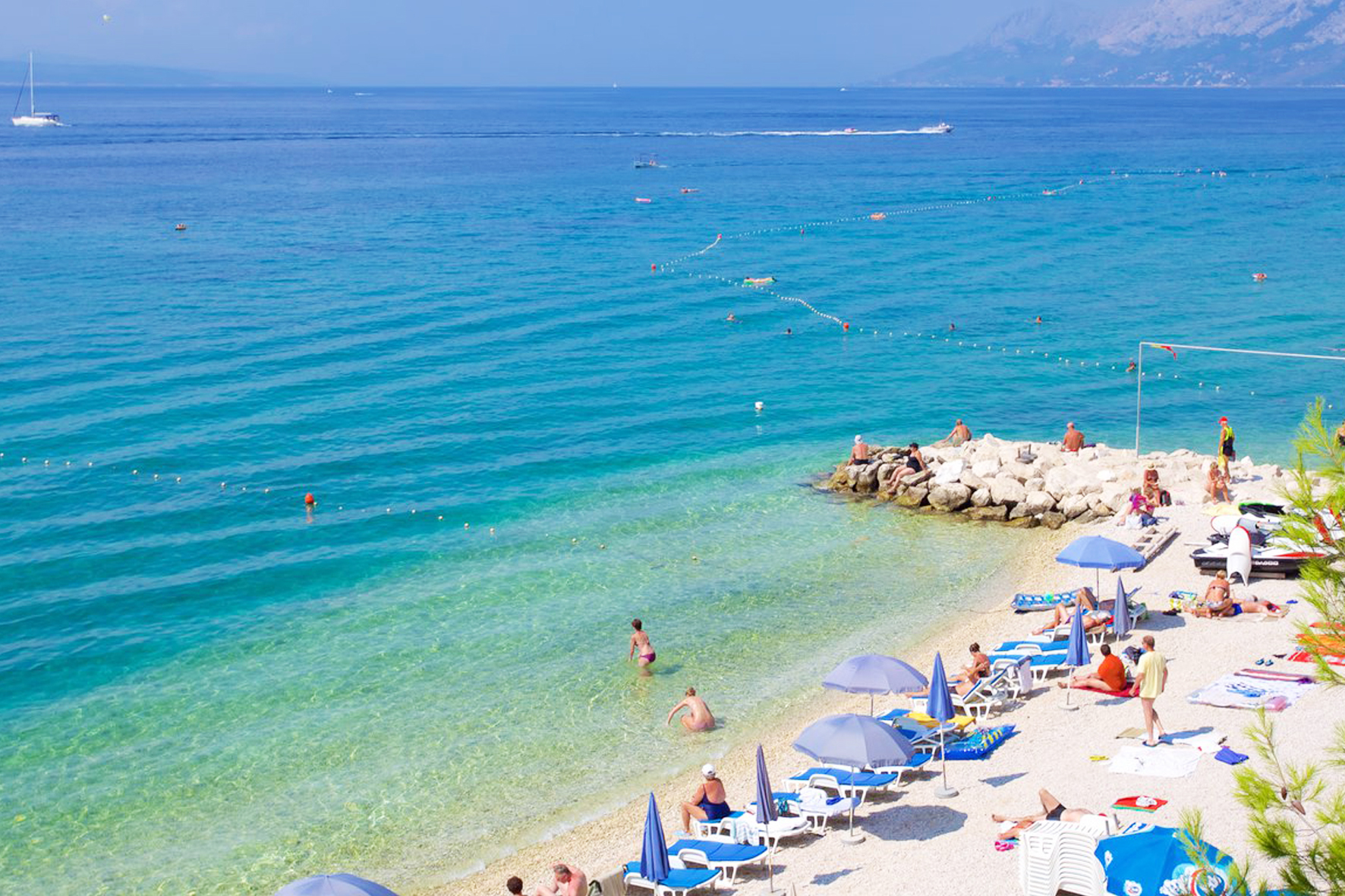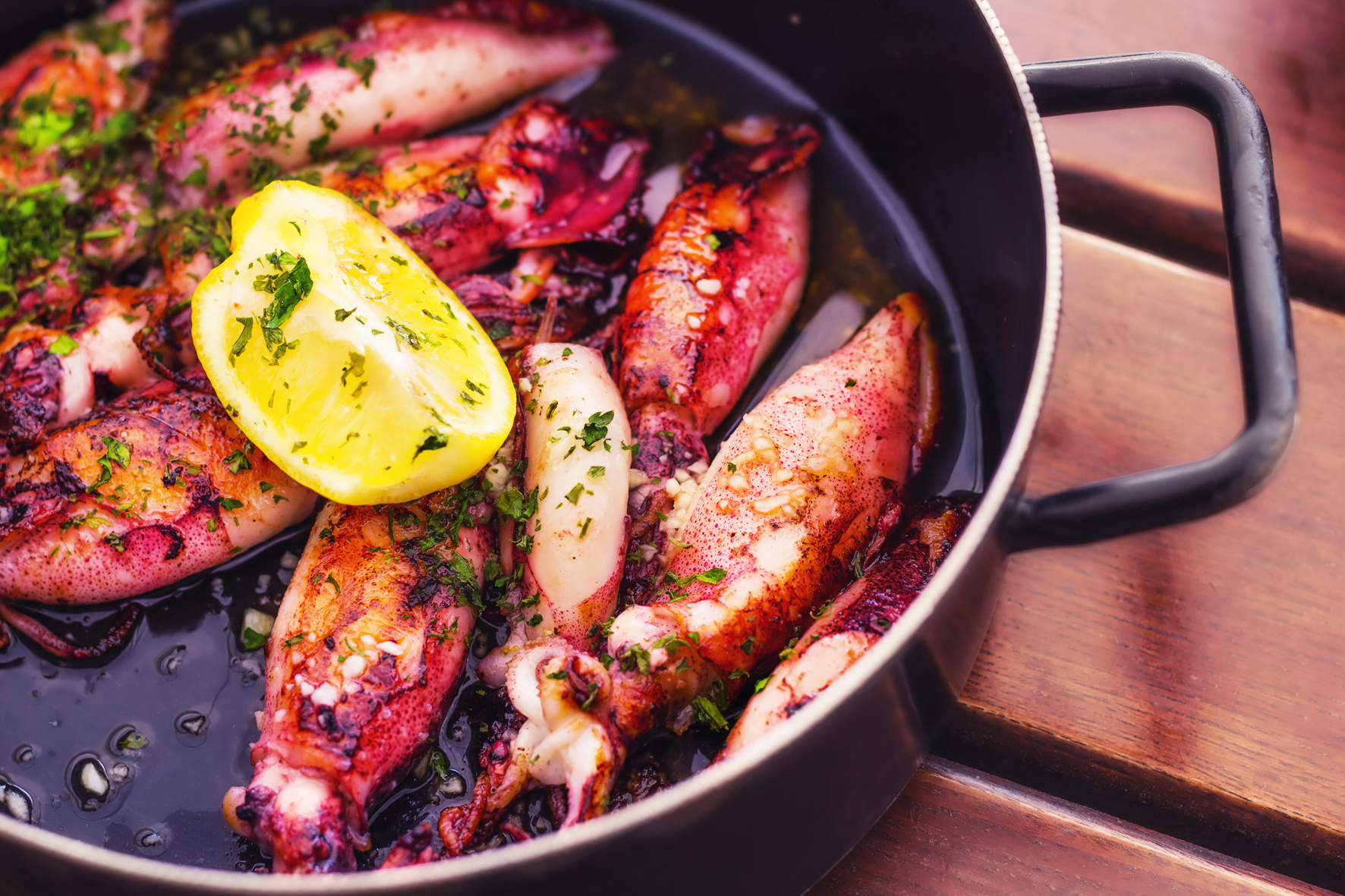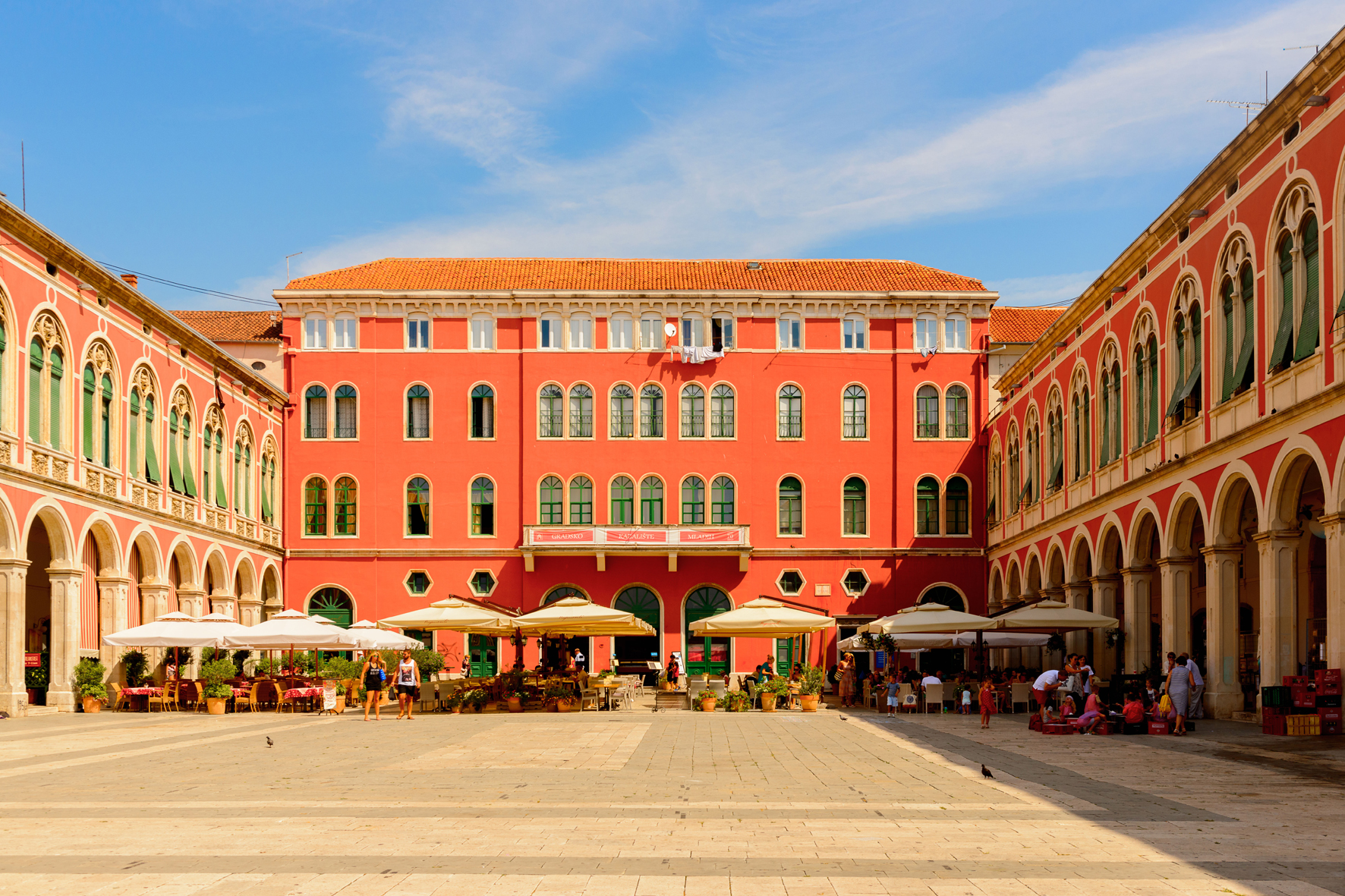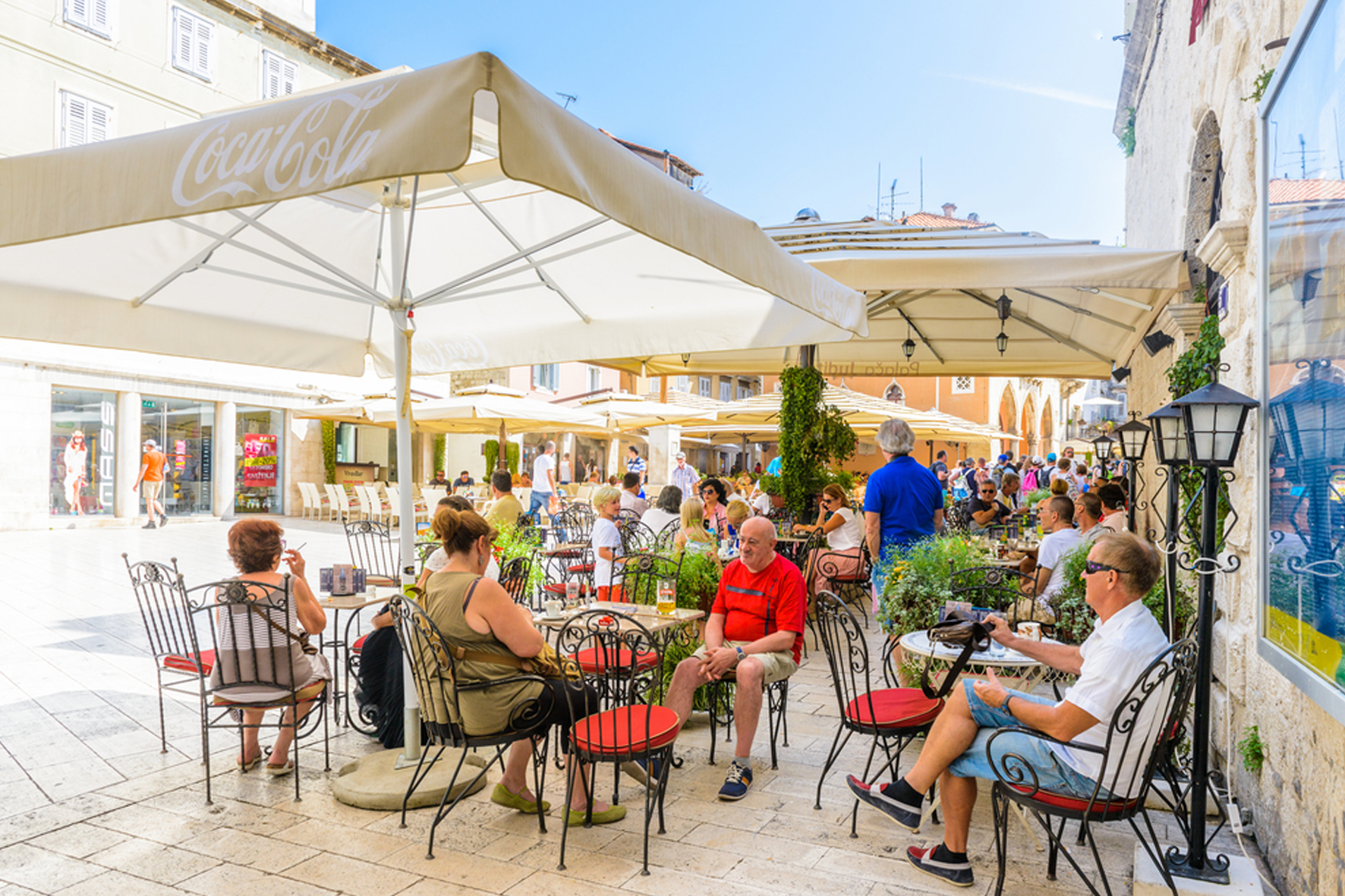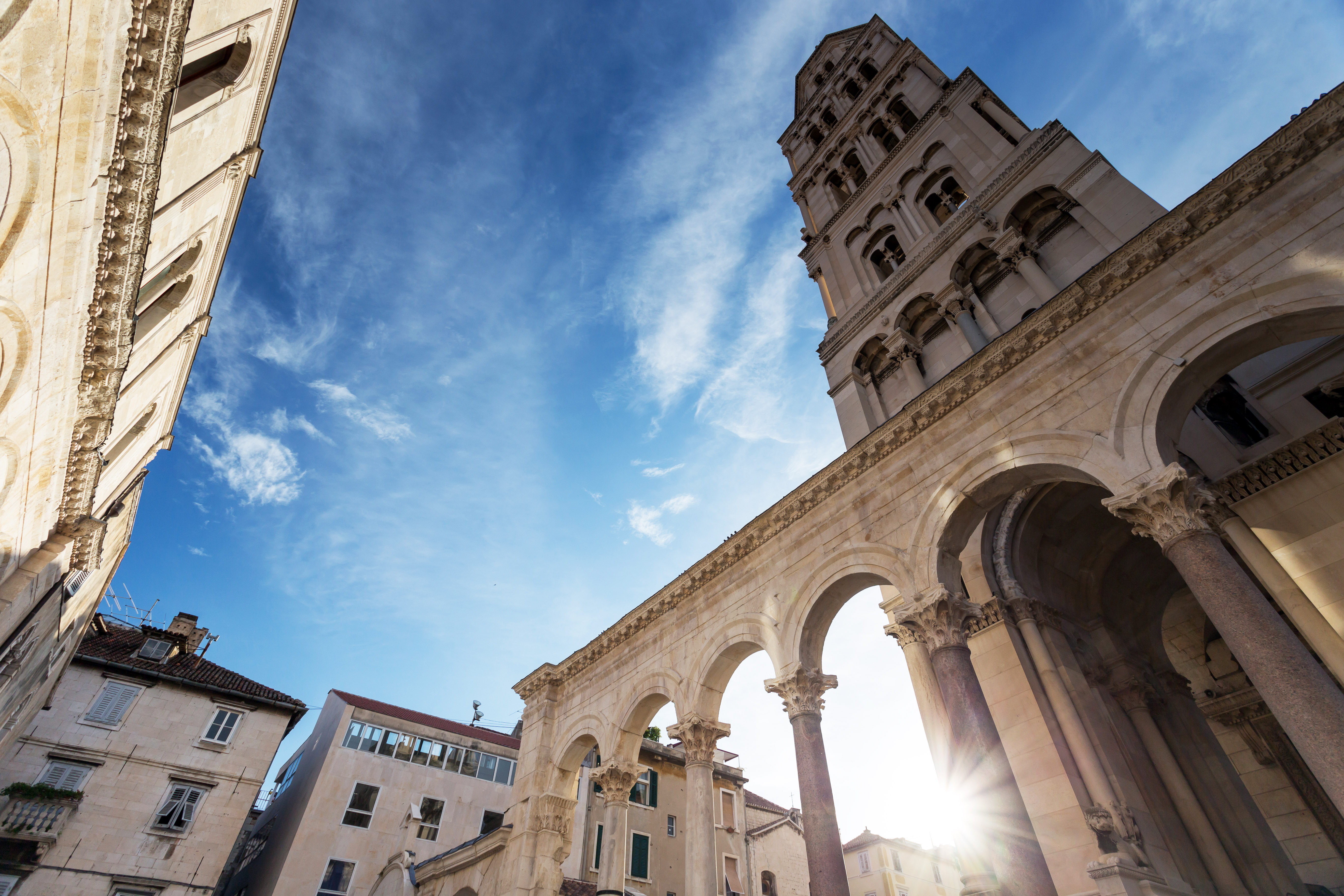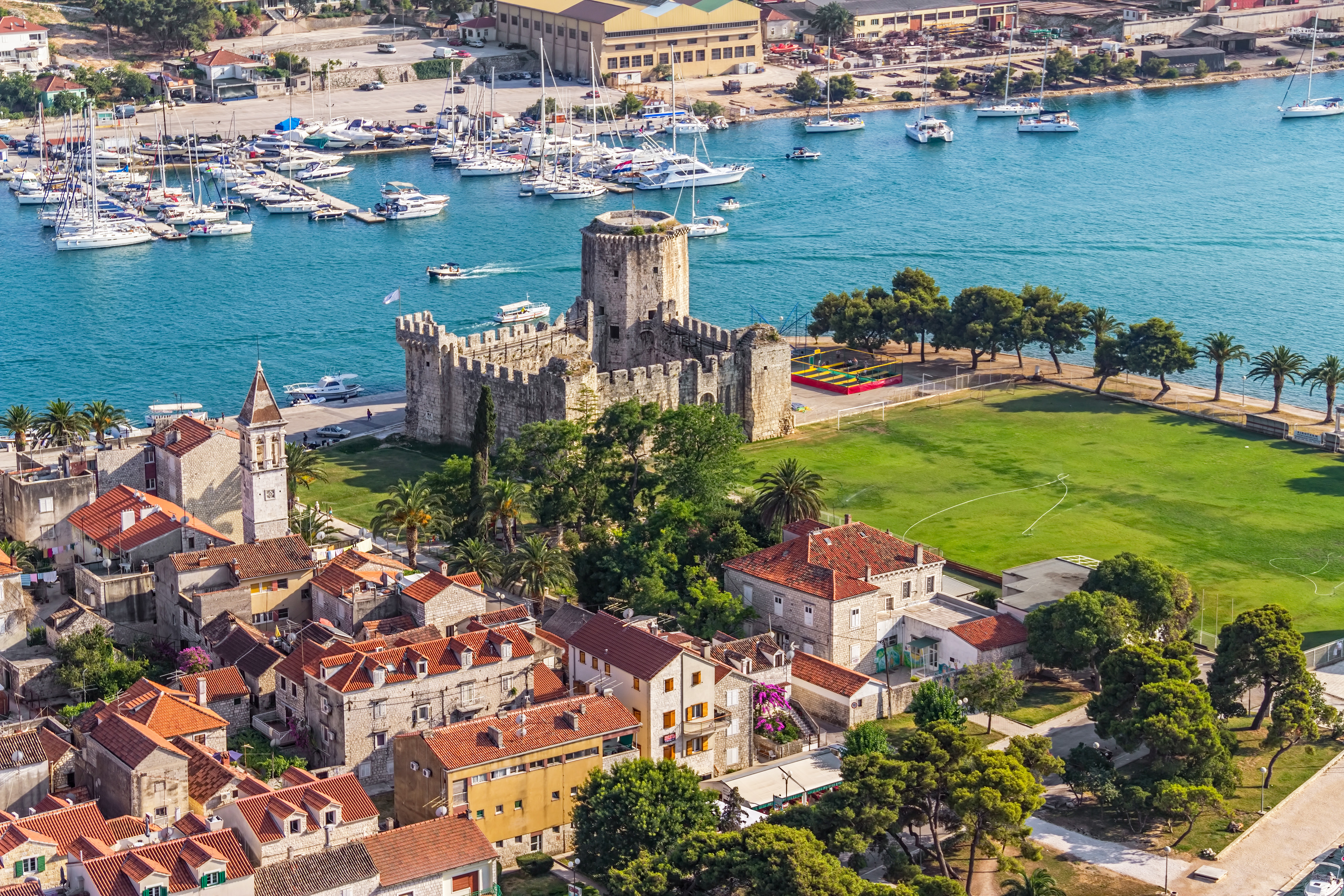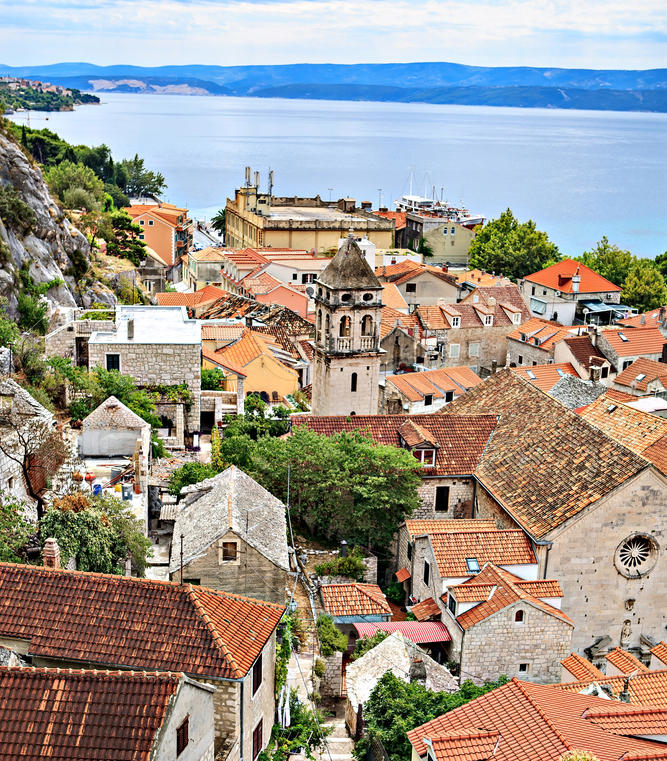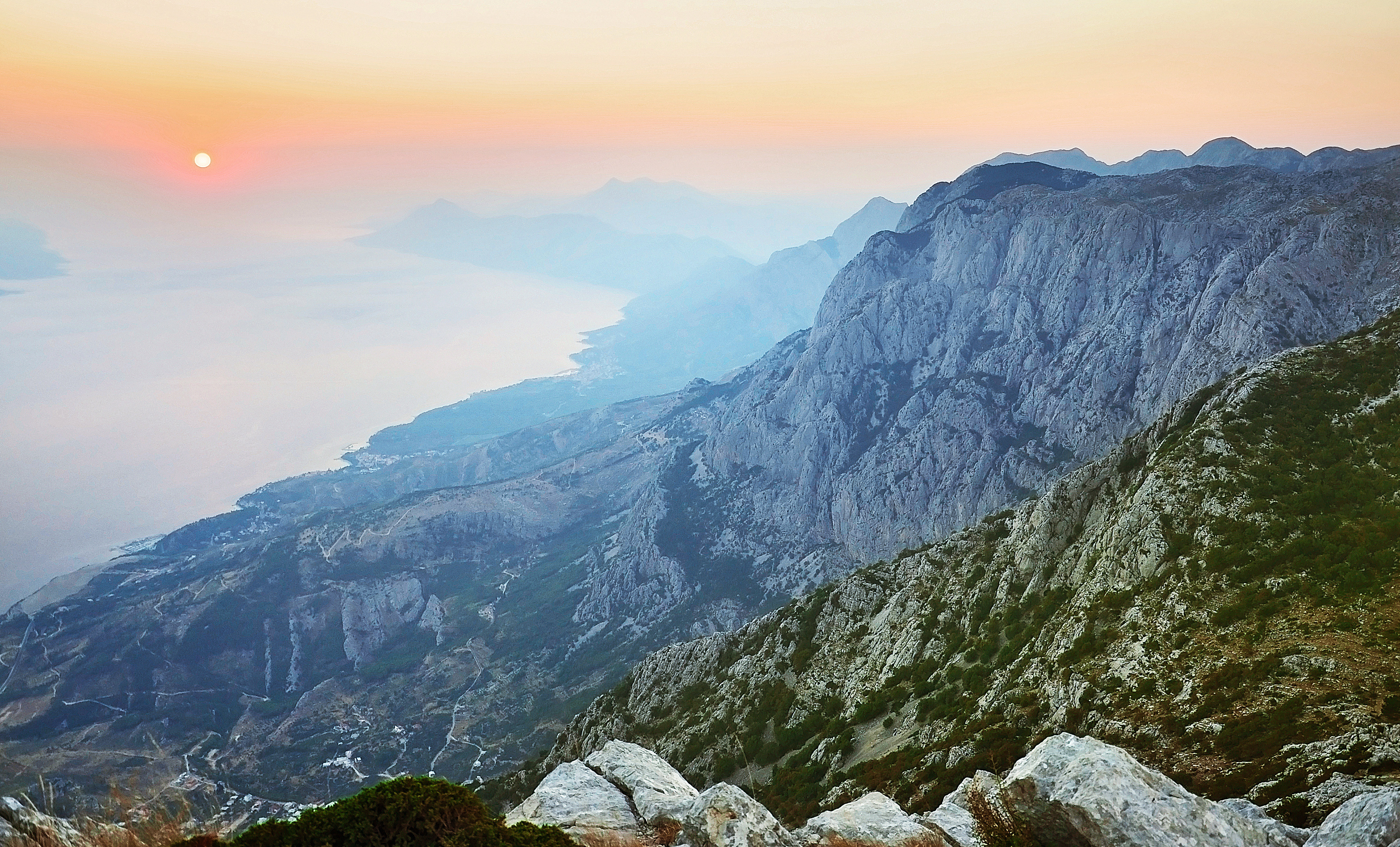
Things to do
The Split Region is great for a beach or active holiday, or as a stop on the way to the stunning Dalmatian Islands. There are some superb beaches in the area which are mainly sandy or pebbly, with lots of opportunities for swimming and water sports. You can also do adventure sports such as rafting and canyoning on the Cetina River in Omiš. For land-based activities, there are lots of places for walking, hiking and climbing. The best spot for this is the Biokovo Nature Park - a mountain range of towering peaks and interesting landscape on the Makarska Riviera.
